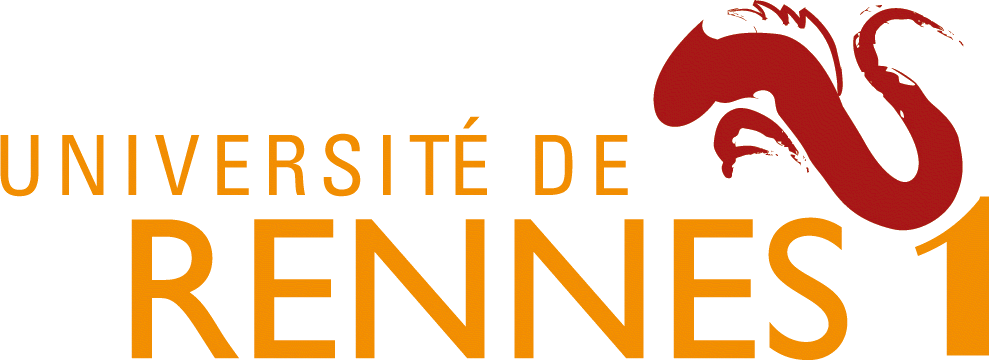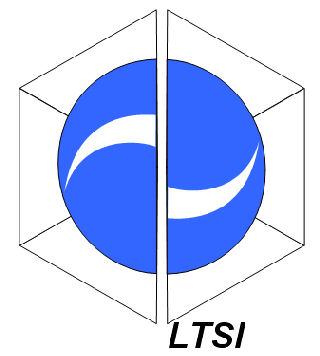News
Members
Publications
Software / Data
Job offers
Images / Videos
Collaborations
Conferences
Lab meetings: "Les partages de midi"
Practical information
Members Area
Next conferences we are in …


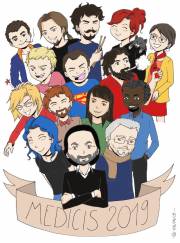
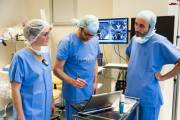
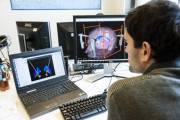
This shows you the differences between two versions of the page.
| Next revision Both sides next revision | |||
|
activities:spa:casraa [2021/02/01 12:06] ahuaulme created |
activities:spa:casraa [2021/02/01 12:17] ahuaulme |
||
|---|---|---|---|
| Line 13: | Line 13: | ||
| The project is divided into three phases: Data collection, off-line data analysis and methodology development, and Situation aware system and team performance. | The project is divided into three phases: Data collection, off-line data analysis and methodology development, and Situation aware system and team performance. | ||
| - | ===== Data collection ===== | + | ===== Data collection ===== |
| - | In the first phase sensor data will be collected in the orthopaedic OR during robotic assisted total and partial knee as well as hip arthroplasty (TKA; PKA; THA). These sensors include: | + | |
| + | In the first phase sensor data will be synchronizely collected in the orthopedic OR during robotic-assisted total and partial knee as well as hip arthroplasty (TKA; PKA; THA). These sensors include: | ||
| * Cameras | * Cameras | ||
| + | * Optical tracking system | ||
| + | * The posture of selected team members | ||
| + | * Heart rate sensors | ||
| + | |||
| + | Additional information will be gathered as: | ||
| + | * Subjective perception of the current anxiety level with a STAI-6 (six-item state-trait anxiety inventory) questionnaire prior to the surgery | ||
| + | * Number of unneeded steps and interactions | ||
| + | * Unexpected events | ||
| + | * Subjective feedback on the surgery on technical and non-technical skills | ||
| + | * Clinical data | ||
| + | |||
| + | |||
| + | |||
| + | |||
| - | two cameras, one showing the situs and one the overall scene, an optical tracking system recording the coordinates of various surgical instruments and the anatomy (femur and tibia for knee arthroplasty and pelvis and femur for hip arthroplasty), the session file of the Mako robotic arm, the posture of selected team members (for selected surgeries) recorded by IMUs potentially augmented with EMG-data and the heart rate of some team members. All sensors are synchronized. Additionally, a human observer will record the time on task for each surgical sequence, capture subjective perception of the current anxiety level, number of unneeded steps and interactions as well as moments of truth and use errors by photo, video and text documentation. During and after the surgery the observer will annotate the data gathered using a tool and the surgical ontology that will be developed by MediCIS. Additionally, clinical data will be collected including basic clinical information describing the patient, as well as outcome estimation. The level of difficulty of each patient will be estimated by the surgeons. Annotations of phases, steps and activities will be performed using an dedicated annotation software based on the [[https://medicis.univ-rennes1.fr/activities/theme1/projects/ontospm|OntoSPM ontology]]. | + | Additionally, a human observer will record the time on task for each surgical sequence, capture subjective perception of the current anxiety level, number of unneeded steps and interactions as well as moments of truth and use errors by photo, video and text documentation. During and after the surgery the observer will annotate the data gathered using a tool and the surgical ontology that will be developed by MediCIS. Additionally, clinical data will be collected including basic clinical information describing the patient, as well as outcome estimation. The level of difficulty of each patient will be estimated by the surgeons. Annotations of phases, steps and activities will be performed using an dedicated annotation software based on the [[https://medicis.univ-rennes1.fr/activities/theme1/projects/ontospm|OntoSPM ontology]]. |
| Prior to each observation the anxiety level of the surgical team will be captured with a STAI-6 (six-item state-trait anxiety inventory) questionnaire. After each surgery subjective feedback will be gathered on perceived workload, intuitiveness and familiarity of interaction with the robotic arm, usability of the legholder, satisfaction as well as team familiarity and perception of team interactions and communication. | Prior to each observation the anxiety level of the surgical team will be captured with a STAI-6 (six-item state-trait anxiety inventory) questionnaire. After each surgery subjective feedback will be gathered on perceived workload, intuitiveness and familiarity of interaction with the robotic arm, usability of the legholder, satisfaction as well as team familiarity and perception of team interactions and communication. | ||
| - | At the beginning of the data collection all surgeons and other team members are novices in using the robotic arm and will be observed for as many surgeries as needed to reach a level of expertise that does not change significantly over time any more. The metrics that define this level of experience will be defined during the project. These could include a steady state in terms of time on task, anxiety level, number of interactions needed to reach the goal of the workflow steps, confidence level etc.. | + | At the beginning of the data collection all surgeons and other team members are novices in using the robotic arm. |
| ===== Off-line data analysis and methodology development ===== | ===== Off-line data analysis and methodology development ===== | ||

